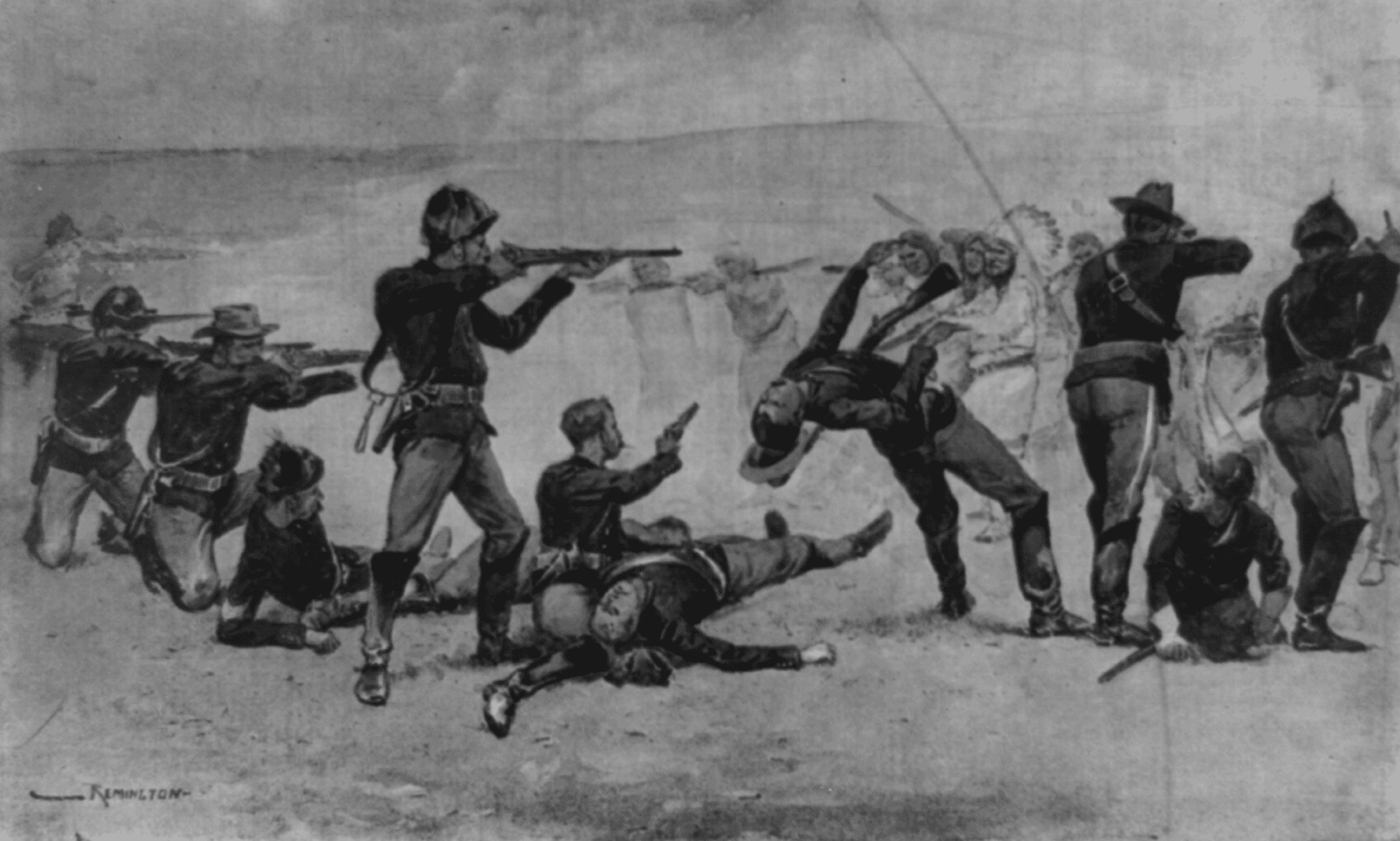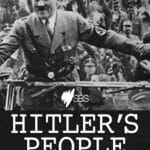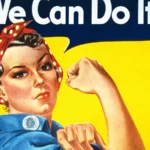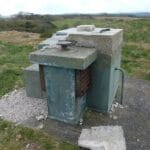Imagine a cold, unforgiving morning in December 1890. The scene: Wounded Knee, South Dakota, where a massacre was about to unfold. This was no ordinary clash; it was a tragedy etched into American history, where mighty Winchester rifles played a pivotal role.
Echoes of Injustice: The Weapons and the Victims
The Wounded Knee Massacre stands as a chilling reminder of a dark chapter in American history. This tragic event, which unfolded in 1890, saw the brutal killing of hundreds of Lakota people, including women and children, at the hands of the US Army. It’s a story of loss, injustice, and the devastating power of modern weaponry, particularly the Winchester rifles that played a significant role in the massacre.
To truly grasp the scale of the tragedy, we need to turn back the clock and understand the circumstances leading up to that fateful December day. The Lakota people, once proud and free, found themselves increasingly confined to reservations as westward expansion steadily encroached upon their ancestral lands. The Ghost Dance, a spiritual movement that promised the return of their way of life and the removal of the white man, offered hope and solace to the Lakota.
However, the US government, fueled by fear and misunderstanding, perceived the Ghost Dance as a threat. The 7th Cavalry, the same regiment involved in the infamous Battle of Little Bighorn 14 years prior, was sent to suppress the movement. It was under this backdrop of tension and suspicion that Chief Spotted Elk, weakened by illness and seeking refuge for his people, led his band towards the Pine Ridge Reservation.
Their journey, however, would be tragically cut short. Intercepted by the 7th Cavalry, they were escorted to Wounded Knee Creek, a place that would soon be etched in infamy. While the exact sequence of events remains a point of contention, historians generally agree that during the disarming of the Lakota, a shot — perhaps accidental, perhaps a desperate act of defiance — rang out.
What followed was absolute chaos. The soldiers, heavily armed with advanced weaponry, including the deadly accurate and rapid-firing Winchester rifles, unleashed a torrent of bullets upon the largely unarmed Lakota. Men, women, and children, caught in the crossfire, stood little chance against the relentless onslaught.
The massacre at Wounded Knee Creek was a horrifying spectacle. Over 250 Lakota lives were extinguished, their bodies left to freeze in the unforgiving winter landscape. Even though a small number of soldiers lost their lives that day, the staggering disparity in casualties speaks volumes about the technological imbalance between the two sides. The Winchester rifles, a symbol of modern warfare, had painted a gruesome picture of the might of the US Army and the vulnerability of the Lakota.
The Wounded Knee Massacre sent shockwaves across the nation. Public outrage, though divided, forced the government to confront its treatment of Native Americans, sparking debate and igniting a movement for justice. However, the scars of that day ran deep. The Lakota, a people stripped of their homeland and their way of life, were dealt a blow from which they would struggle to recover.
The legacy of Wounded Knee is multifaceted and complex. It stands as a stark symbol of broken treaties, forced assimilation, and the tragic consequences of westward expansion. It also serves as a solemn reminder of the human cost of conflict and the enduring fight for justice and reconciliation.
Today, the site of the massacre is a National Historic Landmark, a place of remembrance and reflection. It compels us to confront this dark chapter in American history, to learn from past injustices, and to strive for a future where such tragedies are never repeated. The echoes of the shots fired that day serve as a chilling reminder of the devastating power of weaponry and the importance of understanding and empathy in our interactions with all cultures.
What Was the Main Cause of the Wounded Knee Massacre?
The Wounded Knee Massacre, a horrific event that took place on December 29, 1890, was not an isolated incident but rather the culmination of decades of broken promises, cultural oppression, and systematic dispossession of the Lakota people by the U.S. government.
While the Ghost Dance movement, a spiritual revival embraced by the Lakota in the face of immense suffering, is often cited as a primary cause, it was the U.S. government’s fear and misinterpretation of this spiritual practice that ultimately set the stage for the massacre.
Here’s a deeper look at the factors that led to the tragedy:
- Broken Treaties and Land Seizure: The U.S. government repeatedly violated treaties established with the Lakota, such as the 1868 Treaty of Fort Laramie, which had guaranteed the tribe vast tracts of land. The discovery of gold and the influx of white settlers fueled the desire for Lakota land, leading to forced agreements and military actions that stripped the tribe of their territory and disrupted their traditional way of life.
- Forced Assimilation: The U.S. government implemented policies designed to assimilate the Lakota into white American culture. This included forcing them onto reservations, banning traditional languages and ceremonies, and sending Lakota children to government-run boarding schools where they were stripped of their cultural identity.
- Economic Hardship and Despair: The Dawes Act of 1887, intended to break up tribal lands into individual allotments, further eroded Lakota self-sufficiency and forced many into poverty. In 1889, the U.S. Congress drastically cut funding for Lakota rations. This deliberate act, combined with a harsh winter and drought, led to widespread hunger and desperation among the Lakota, making them more susceptible to messages of hope and change.
- The Ghost Dance Movement and Misinterpretation: The Ghost Dance emerged during a time of profound suffering for the Lakota. They believed the dance would return their ancestors, restore the buffalo herds, and bring about a new era of peace and prosperity. The U.S. government, however, viewed the Ghost Dance as a threat, a sign of impending rebellion. This fear, fueled by misinformation and prejudice, led to the mobilization of the 7th Cavalry to suppress the movement.
The Wounded Knee Massacre was the tragic outcome of these intersecting factors. The U.S. Army, acting out of fear and a profound misunderstanding of Lakota culture and spirituality, committed an act of violence that left an indelible stain on American history.
How Many Died at Wounded Knee Massacre?
The exact number of Lakota people who died at the Wounded Knee Massacre on December 29, 1890, remains a subject of historical debate. The U.S. Army’s official records report 150 Lakota deaths. However, eyewitness accounts from survivors, along with historical analysis, suggest a significantly higher death toll, likely between 250 and 300.
This discrepancy in reported numbers highlights the chaotic nature of the event and the U.S. government’s attempts to downplay the scale of the tragedy.
Factors Contributing to the Disputed Death Toll:
- Hasty Burial and Limited Documentation: The U.S. Army quickly buried the Lakota victims in a mass grave, with limited documentation or investigation into individual deaths.
- Weather Conditions: The massacre occurred during a blizzard, which likely obscured bodies and hampered recovery efforts.
- Oral Histories: Lakota oral histories, passed down through generations, often recount a much higher death toll than official records.
- Lack of Independent Investigation: The absence of a thorough and impartial investigation at the time contributed to the uncertainty surrounding the true death toll.
The disputed death toll serves as a stark reminder of the power imbalances that existed and the challenges in achieving a complete and accurate historical account. It underscores the importance of considering multiple perspectives and engaging with Indigenous voices to gain a fuller understanding of this tragic event.
Did Anyone Survive the Wounded Knee Massacre?
Yes, despite the horrific violence and indiscriminate killing, there were survivors of the Wounded Knee Massacre. While the exact number remains uncertain, eyewitness accounts and oral histories passed down through generations confirm that some individuals escaped the chaos.
We know people survived because of accounts like that of Black Coyote, who later said of the event, “[The soldiers] opened fire … I ran as fast as I could, the bullets flying all around me.” Another survivor, Wooden Leg, recounted how he hid under his dead brother’s body, pretending to be dead until the soldiers left. He then escaped the battlefield and found safety with a nearby tribe.
The Legacy of the Survivors:
The survivors of Wounded Knee carried the physical and emotional scars of that day. They lost family members, friends, and their way of life. Despite the trauma they endured, they displayed remarkable resilience, rebuilding their lives and preserving their cultural heritage. They passed down their stories to their children and grandchildren, ensuring that the memory of the massacre lived on.
The Fight for Recognition and Justice:
The descendants of survivors continue to fight for recognition and justice for their ancestors. They call for a formal apology from the U.S. government, reparations for the wrongs committed, and the return of their ancestral lands. Their efforts are crucial in keeping the memory of Wounded Knee alive and ensuring that history acknowledges the full scope of the tragedy.
The stories of the survivors stand as a testament to the strength and resilience of the Lakota people. Their experiences remind us that even in the darkest moments of history, hope and the human spirit can endure.
What Guns Were Used at Wounded Knee?
The U.S. Army’s weaponry used at Wounded Knee was vastly superior to the arms possessed by the Lakota. This stark imbalance in firepower played a significant role in the massacre’s devastating outcome.
Here’s a closer look at the types of guns used by the 7th Cavalry:
- Hotchkiss Mountain Guns: The 7th Cavalry deployed four Hotchkiss M1875 mountain guns. These were relatively new, lightweight artillery pieces that could be disassembled and transported by mules. The Hotchkiss guns, capable of firing explosive shells, gave the soldiers a significant advantage in terms of range and firepower.
- Springfield Model 1873 “Trapdoor” Rifles: This was the standard-issue rifle for the U.S. Army at the time. It was a single-shot, breech-loading rifle that fired .45-caliber cartridges. While reliable and accurate, the Springfield rifle’s single-shot capacity put the soldiers at a disadvantage against a force armed with repeating rifles.
- Colt Single Action Army Revolvers: Commonly known as the “Peacemaker,” this six-shot, single-action revolver was the standard-issue sidearm for the U.S. Army. While primarily effective at close range, the Colt revolver provided the soldiers with additional firepower.
The Role of Weaponry in the Massacre:
The U.S. Army’s superior weaponry, particularly the Hotchkiss guns, gave them a decisive advantage over the Lakota, who were primarily armed with a mix of traditional weapons and a limited number of firearms, many of which were older, single-shot models.
The devastating firepower unleashed upon the Lakota at Wounded Knee highlights the technological disparity that existed between the U.S. Army and the Indigenous peoples they sought to control. This imbalance in weaponry was a significant factor in the tragic outcome of the massacre.
- Georgia Platform: A Southern Strategy, 1850s - March 31, 2025
- How many weeks is 40 days: Quick Conversion Guide for Accurate Results - March 31, 2025
- How many feet is 300 meters? 984 Feet: Understand Length Conversions Easily - March 31, 2025
















